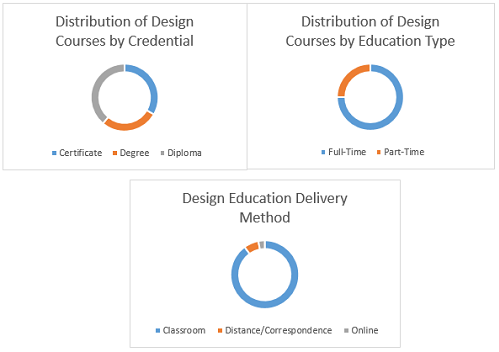The glamour. The fame. The art of creative details.
Becoming a fashion designer promises all this and more. But is the love for
designing clothes enough to become a good designer?
Fashion design has become highly competitive today. If you
want to pursue a career in this industry, you will have to work harder and
develop several other skills. It is not only about getting a Bachelor’s
degree in Fashion Design but also about Visual Arts, General
Design and even Graphic Design knowledge.
That is if you really want to be the best.
Now, let’s look at your study options if you want to
become the next Vivienne Westwood.






Comments
Post a Comment